Are you hungry for Hungary? If your answer is yes then these informations are highly recommended for you. Exploring a foreign culture can be a fantastic experience. Whether you are going to study in Hungary or you are just
interested in our culture and lifestyle this guide will be fun to read.
Discribing the people of a country in the era of globalization can be really difficult
as traditions are fading away, still we have our uniqueness in the heart of Europe. |
 |
|
Hungarian people are basically friendly, polite and usually open-minded as well.
We are mostly outgoing and funny. Our humor is very outstanding and can be
strange for a foreigner at first.
|
 |
|
Most of us are extremely pessimistic and can get angry easily at the smallest
problems, which comes with various and long swearings without using the same
word twice.
Unfortunately, there are some hungarians who are narrow-minded and can be rude
sometimes.
|
 |
Gulyás - Goulash
Goulash is the most unique traditional meal of Hungary known almost
everywhere in the world. It became a national food in the 1790s and a
representation of the Hungarian culture throughout the 1800s.
Goulash is a soup made of pork, onion, garlic, carrot, potato, dumplings
seasoned with paprika and cumin. Most of the times it is made outdoors in a
cast-iron pot because the smoke gives it a special taste.
|
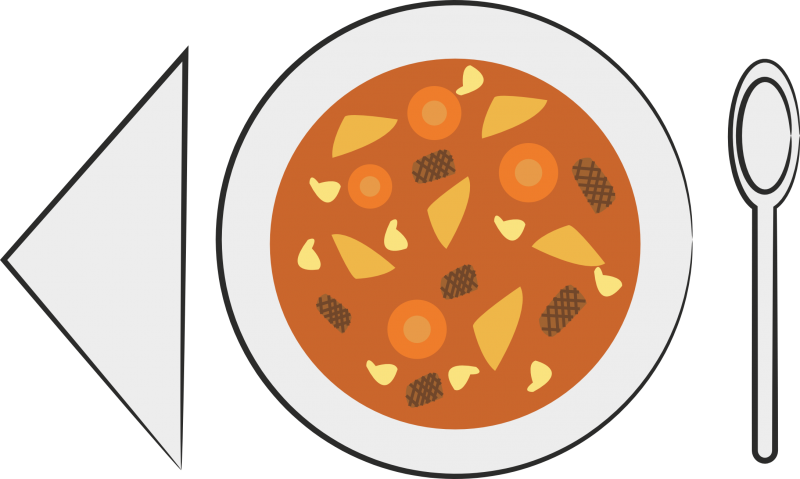 |
Lángos
Lángos is a deep-fried dough served with garlic, sour cream and cheese. It is really
popular and a must at every festival as it is the traditional street food of Hungary.
|
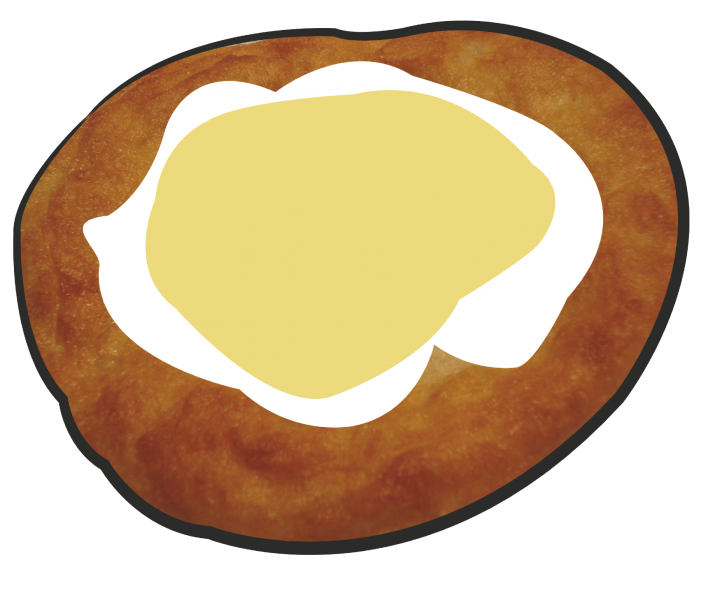 |
Töltött káposzta - Stuffed cabbage
There is no Hungarian holiday without serving a great amount of traditional
stuffed cabbage. It is not exclusively a Hungarian dish as it can be found in other
european countries, but it has tradition and uniqueness in our little country.
Stuffed Cabbage is, as its name shows, cabbage leaves stuffed with a mixture of
minced pork, rice, onion, garlic, salt, pepper and most importantly paprika. It
is served with sour cream on top.
|
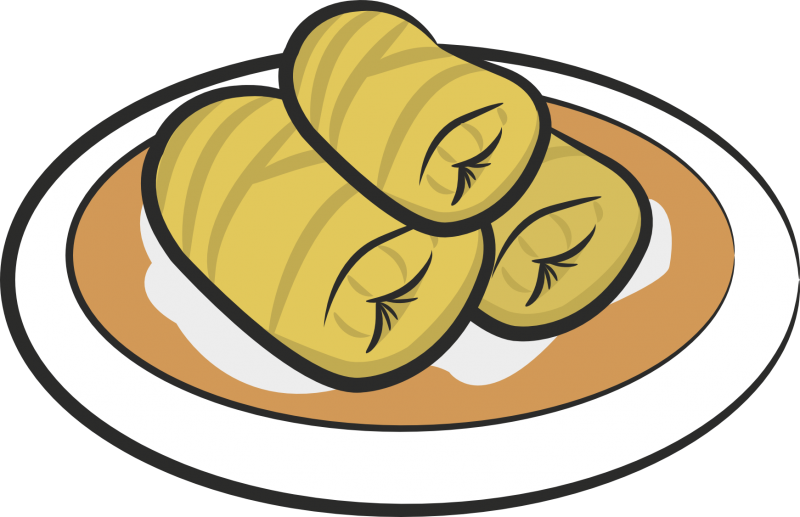 |
Rakott krumpli
Rakott krumpli is the easiest and quickest Hungarian dish of all.
It is made by layering sliced, preboiled potatoes, sausages, eggs covered with
sour cream on top in a skillet then it is cooked in the oven.
|
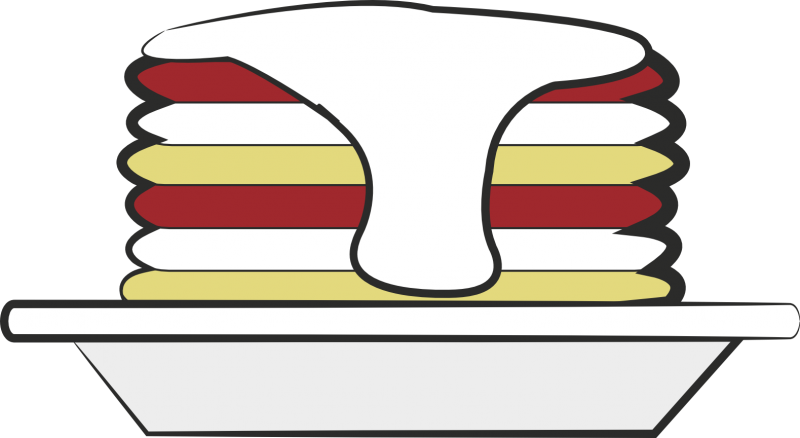 |
Pálinka
Pálinka is the alcoholic drink made only from fruit in Hungary. By law, no
additional ingredients are acceptable, except pure water.
Really good pálinka is smooth and fruity and has an alcohol content of around 40%.
There are hundreds of types of Pálinka, using many different fruits such as pear,
peach, plum and so on.
|
 |
Unicum
Unicum is a special, bitter, alcoholic liqueur made with herbs and spices that
are an aid to digestion and many other things. It has also an alcohol content
of around 40% and it is often drank as an apéritif.
|
 |
Wines of Tokaj
One of the most traditional activities in Hungary is making wine.
We are lucky that we have the region of Tokaj-Hegyalja for growing quality grapes
which is the base of making tasteful wines.
The most famous wines are Tokaji Aszú and Egri Bikavér (Bull’s Blood of Eger).
Tokaji Aszú is a dessert wine, also called the „king of wines, wine of kings”, and
sure enough, the greatest kings and queens of Europe really did commission this
unique drink back in History.
Egri Bikavér is a special type of red wine cuvée, made in the wine region of Eger.
The name comes from the Turkish Ages, when according to the legend, castle
defenders became stronger as they drank the red wine, and the Turkish soldiers
thought the red liquid was bull’s blood.
|
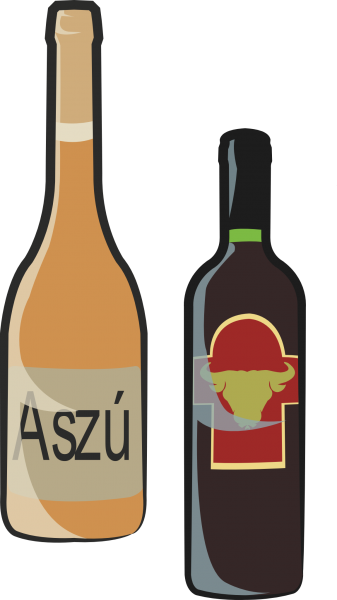 |
Traditional wear, folk dance
The traditional Hungarian dress is the most exhilarating feature of our culture.
The designs of these traditional costumes are unique comparing to other Eastern
European countries.
The most important motive of the traditional dress is the colourful embroidery
representing the Hungarian culture. Flowers and leaves, sometimes a bird or
a spiral ornament, are the principal decorative themes of the traditional dress
of Hungary. The most common colours are red, blue, black and green.
Hungarian folk dance is a mixture of solo and couple dances. It has simple dance
moves, so it is easy to learn.
|
  |
Farsang
Farsang is a traditional festival season of Hungary from January 6 to Ash Wednesday.
At that time people had feasts all over the cities to scare away winter, but nowadays
this tradition only lives in kindergartens and elementary schools where children can wear
any costumes they want.
The highlight of the festival is still the Busójárás (Busó-Walking) in Mohács.
It is an annually held celebration which includes Busós (people wearing traditional
masks), folk music, masquerading, parades and dancing. Busójárás lasts six days.
|
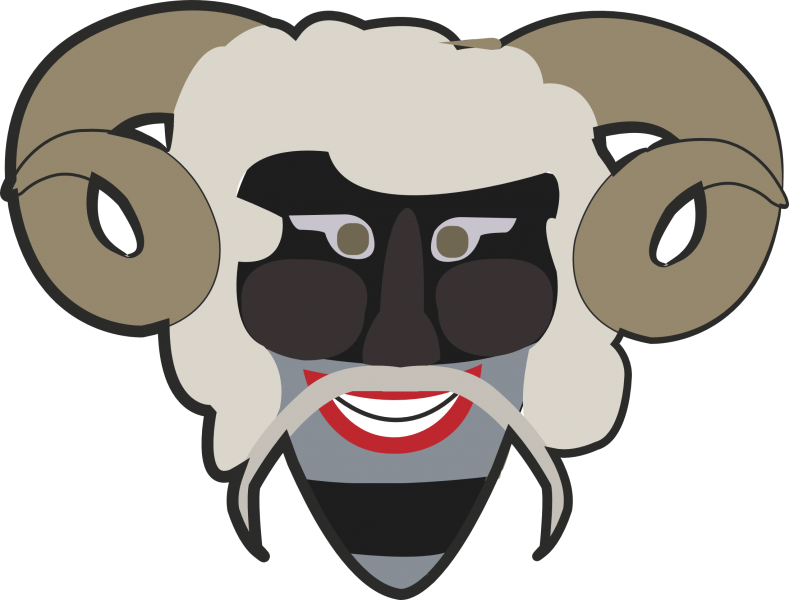
|
Easter
At Easter time Hungarian men sprinkled water on women symbolizing that they are
flowers and women gave painted eggs for exhange. Nowadays perfume is used
instead of water.
|
 |
March 15
March 15 is a national holiday when we remember to the Hungarian Revolution
of 1848 and the war of independence of 1849 wearing cockades, the Hungarian
tricolor.
On March 15 1848, a group of Hungarian politicians and poets, like István Széchenyi,
Lajos Kossuth and Sándor Petőfi started a revolution against the Habsburgs which
was successful and Lajos Batthyányi created the first Hungarian Diet. In the
war of independence of 1848-49 Hungarian troops were defeated by the
Russian army who came to help the weakened Habsburgs and Hungary
remained part of the Habsburg Empire.
|
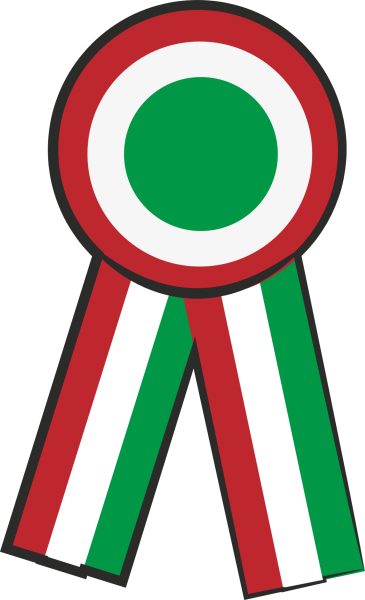 |
August 20
August 20 is the celebration of Szent István, the first king of Hungary and
the creation of the Hungarian Kingdom. It is also the holiday of bread-making.
|
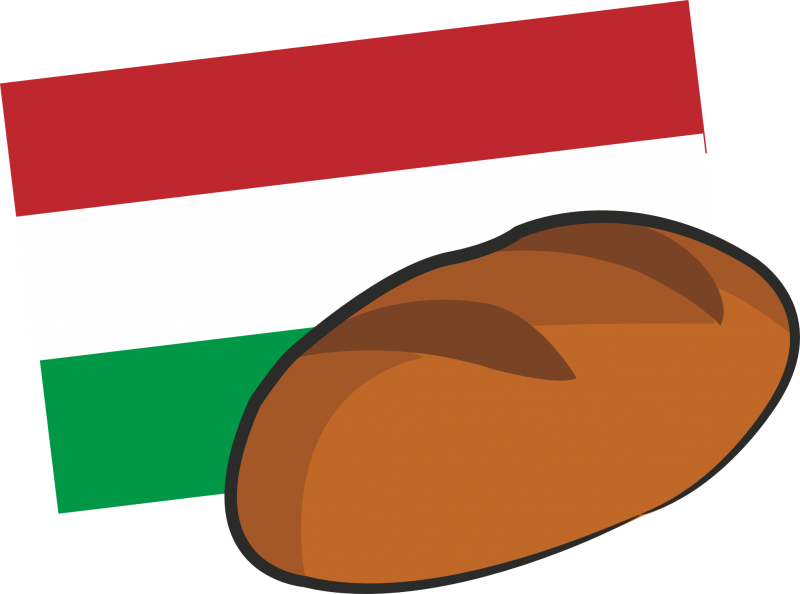 |
|




Follow us